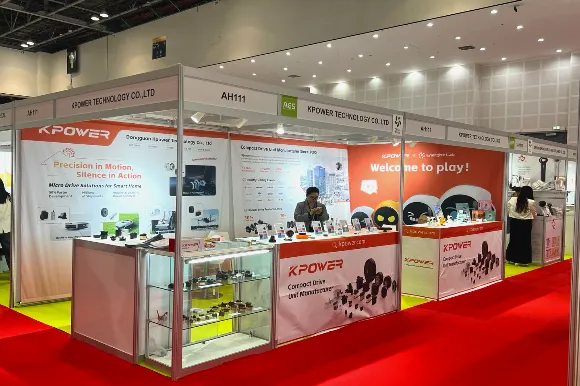Ever wondered what makes a software system both powerful and flexible? It’s all about how you design the architecture. Microservices design principles are changing the game — turning what used to be clunky, monolithic apps into sleek, scalable platforms. No more giant codebases that become impossible to manage. Instead, a network of independent, finely-tuned services that talk to each other smoothly. That’s the core idea here.

Think about it: when you break down a big app into smaller, manageable chunks, you gain a lot more than just agility. Each microservice can be developed, tested, and deployed independently. Say goodbye to weeks-long release cycles. Want to upgrade a payment module? Tackle that without risk to your user login system. It’s like swapping out a part of a car without taking apart the entire engine.
But, it’s not just about splitting things up. Good microservices design is about setting clear boundaries. You avoid the chaos of tangled dependencies. Instead, focus on designing services that do one thing well—think of them like specialized workers—each focusing on one task but working together seamlessly. This way, if one service hits a snag, it doesn’t bring everything down. That’s resilience in action.
There's a question that pops up all the time: "Isn’t managing all these services complicated?" Sure, it can be tricky at first. But modern orchestration tools help handle service discovery, load balancing, and fault tolerance. It’s like having a real-time traffic control center for your data flow. Plus, embracing containerization makes deployment almost effortless, allowing rapid scaling to handle peak loads. Ever seen a shop that can magically double its staff overnight? That’s what microservices can do—scale on demand.
And don’t forget about data. How do microservices handle shared data? Usually, each service manages its own database, which prevents data conflicts and makes the system more robust. Yes, it introduces some complexity in syncing data, but with event-driven architectures, everything stays in sync without a head-scratching mess.
In the end, designing with microservices is about thinking differently—more modular, more adaptable, more focused. It’s a shift from rigid structures to flexible building blocks. Are you prepared to rethink your approach? Because once you grasp these principles, you'll never look at software architecture the same way again. It’s not just a trend; it’s the future of scalable, resilient systems.
Established in 2005, Kpower has been dedicated to a professional compact motion unit manufacturer, headquartered in Dongguan, Guangdong Province, China. Leveraging innovations in modular drive technology, Kpower integrates high-performance motors, precision reducers, and multi-protocol control systems to provide efficient and customized smart drive system solutions. Kpower has delivered professional drive system solutions to over 500 enterprise clients globally with products covering various fields such as Smart Home Systems, Automatic Electronics, Robotics, Precision Agriculture, Drones, and Industrial Automation.




































